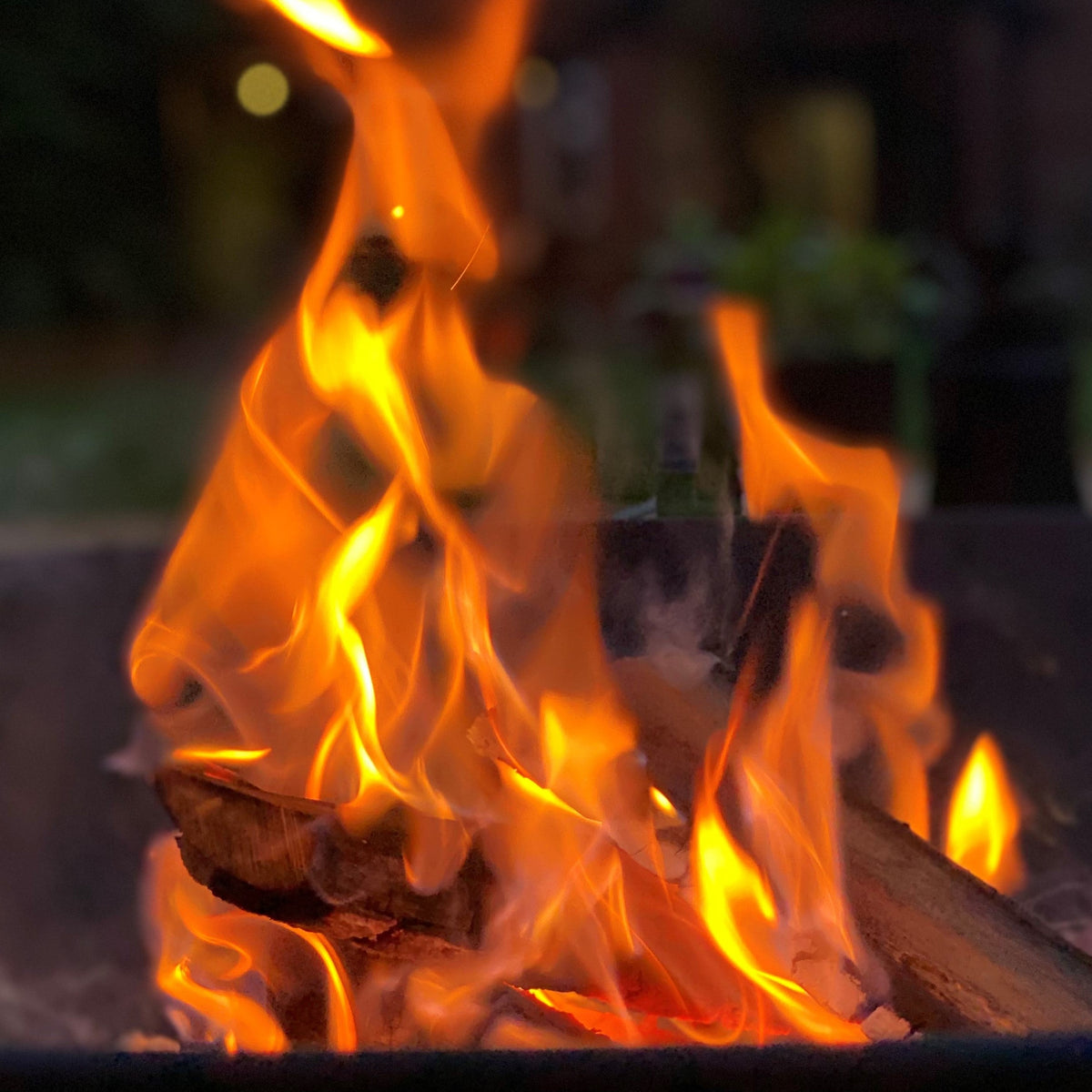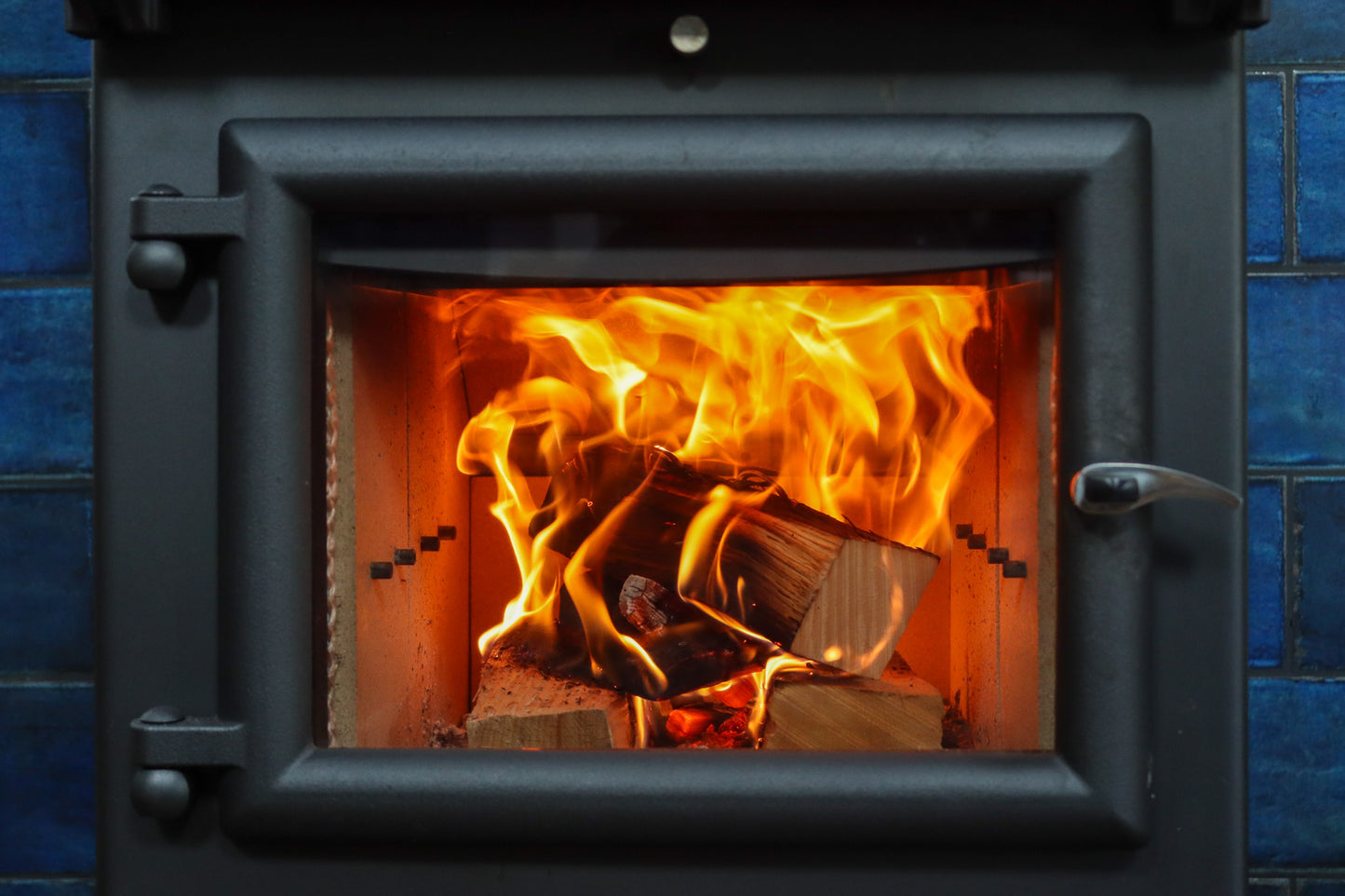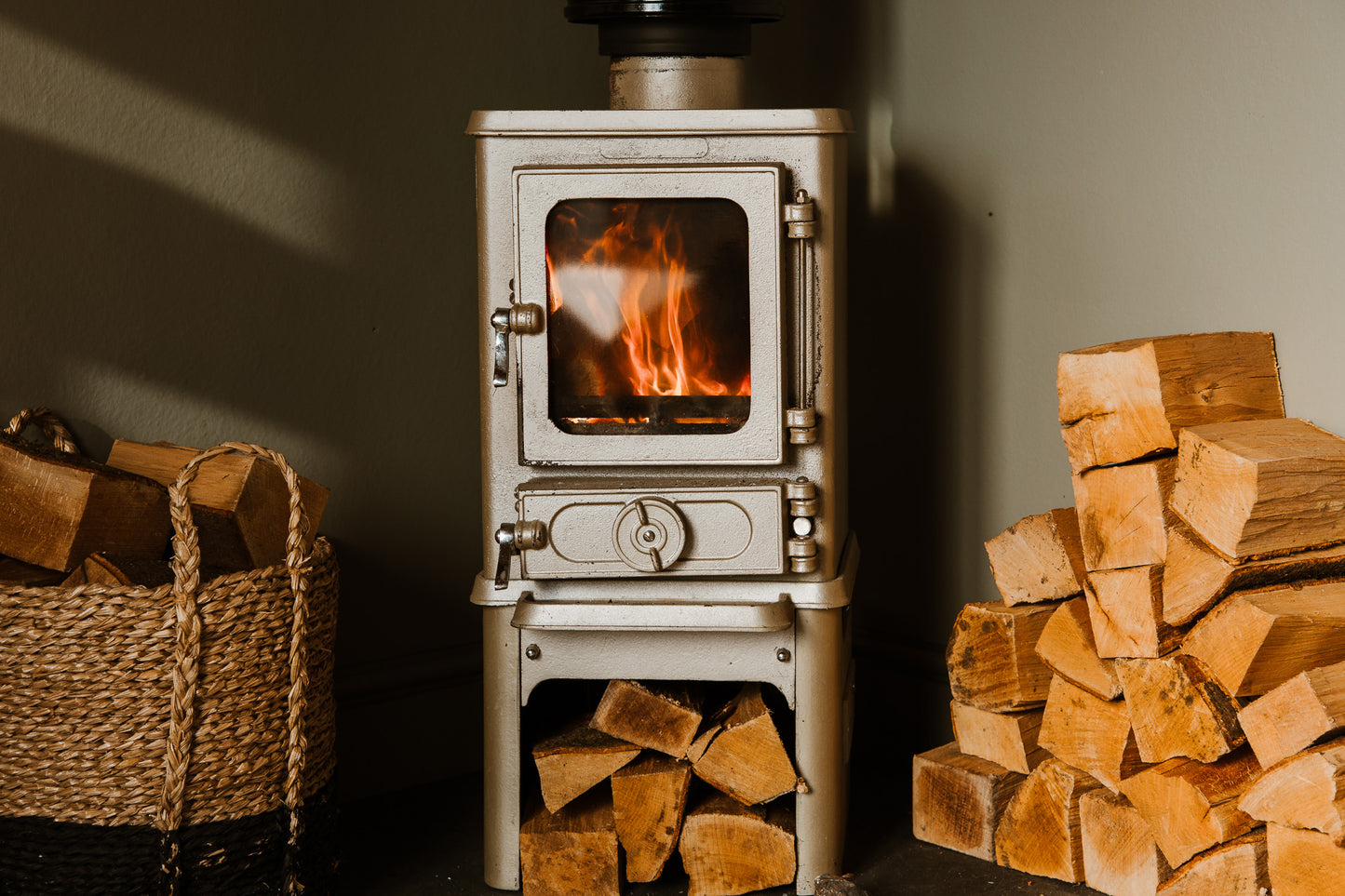

We get asked a lot about hardwood vs softwood. 'Should I use hardwood or softwood in my pizza oven?', 'can I use softwood as firewood' and 'is it worth paying more for hardwood?' are just some of the questions you've sent us.
The answer is - it depends on which appliance you're using and what you're using it for!
This guide will help you understand the difference between hardwood and softwood, and when you should be using one over the other.
What is the difference between hardwood and softwood?
Hardwood comes from deciduous trees which grow flowers or fruit, blooming in Spring and losing their leaves throughout the Winter. Softwood comes from coniferous trees, such as pine and spruce, which tend to have sharper, needle-like evergreen leaves that stay on all year round.
Hardwood trees take longer to grow than softwood, so hardwood tends to be more expensive than softwood. When it comes to burning, hardwood is denser and therefore harder to light than softwood but has a higher calorific output, so it tends to burn hotter for longer. Softwood contains more resin than hardwood, meaning it tends to burn with more smoke and a less pleasant smell than hardwood with a similar moisture content.
Hardwood and softwood both have their place and are useful for different products.
Wood Pellets for Pizza Ovens
Don’t believe the PR created by companies who want to sell you their “Premium” wood pellets – some softwood pellets are actually better than hardwood pellets when cooking in pizza ovens like the Ooni Fyra or Dellonda!
We know that some of the manufacturers recommend using hardwood pellets in your pizza oven, but this isn't necessary.
Whilst the raw wood may be less dense and have some undesirable burning properties, once processed into pellet form, the highest quality softwood pellets have a higher calorific value than hardwood pellets and therefore burn hotter and longer.
Premium softwood pellets are also designed for efficient combustion.
Our Love Logs Pizza Oven Wood Pellets burn cleanly, and won't clog up your oven or fuel tray with soot or unburned residues.
Softwood pellets are more cost effective than oak wood pellets or beechwood pellets, and when you're using them to cook a pizza in 60 seconds, there's no time for it to take on the flavour of a hardwood like oak or beech. Don't go too cheap though - make sure they're ENplus A1 certified so that you know they don't contain any fillers or artificial binding agents, which could cause problems in your pizza oven.
Finally, there aren't any major UK manufacturers of hardwood pellets, so they are almost always imported from Eastern Europe, where deforestation is again becoming a problem. Using British made pellets keeps your carbon footprint to a minimum and guarantees your pellets are from sustainable sources.
Don't believe us? Check out our 100+ 5* reviews where plenty of Ooni Fyra owners have testified to the fact that they work just as well or better than the leading brand's own pellets.
Pizza Oven Kindling
You should only ever use hardwood kindling in ovens like Ooni Karu 12 and Gozney Roccbox.
Softwood kindling is cheaper but it's a false economy - it will burn through quicker meaning you'll use more and still struggle to keep your oven up to temperature.
Softwood kindling is also likely to give off more smoke and soot, making the process of cooking less enjoyable and giving you the unpleasant job of cleaning it!
Hardwood kindling cut to the right size and dried below 20% moisture will light easily, get your oven up to temperature quickly, burn consistently with long-lasting embers that you just can’t get with softwood, and create minimal smoke and soot leaving your oven nice and clean at the end of a pizza cooking session!
Log Burner or Wood Burning Stove
Use softwood kindling to start your fire and hardwood logs to keep it going.
A handful of softwood kindling is perfect for starting a fire in your log burner as it's cost effective, will light easily as long as it's super dry, and will burn hot and fast enough to get your hardwood logs burning.
Once you have a roaring kindling fire, you should only ever use hardwood logs to build the fire and keep it going.
Softwood is less dense so it will burn through quickly and, due to the resin content, will spit and often emit more smoke. That's bad for air quality and bad for your appliance.
Hardwood is denser so your fire will burn hotter and for longer, and you won't need to add more logs every 5 minutes! Again, although softwood logs might be cheaper, when compared like-for-like you will find they’re a false economy compared to kiln-dried hardwood logs.
As long as your hardwood logs are properly dried to less than 20% moisture content, they will burn hotter and for longer than softwood, with less soot or smoke, and leave your log burner much cleaner.
Cooking with fire in a grill or smoker
Softwood has a higher resin content that hardwood and should never be used in a BBQ or smoker as it creates an unpleasant, bitter flavour in your food.
Softwoods can smoke more and often spit or spark as they burn – not pleasant to stand around with a beer!
Since softwood is less dense than hardwood, it burns faster and doesn’t create lasting embers, meaning you'll struggle to maintain a consistent temperature to cook with. Although hardwood is more expensive, you'll use less and have a much more enjoyable all-round experience.
Hardwoods such as oak, cherry and apple are perfect to cook with as they burn hotter for longer than softwood, and during longer cooks either on a BBQ, a wood fired oven, or on a grill or open fire, the smoke imparts flavour onto your food. Using combinations of different cooking woods allows you to create different flavour profiles in your food.
Found this useful?
We'd love it if you shared it with your fellow wood burning enthusiasts!




